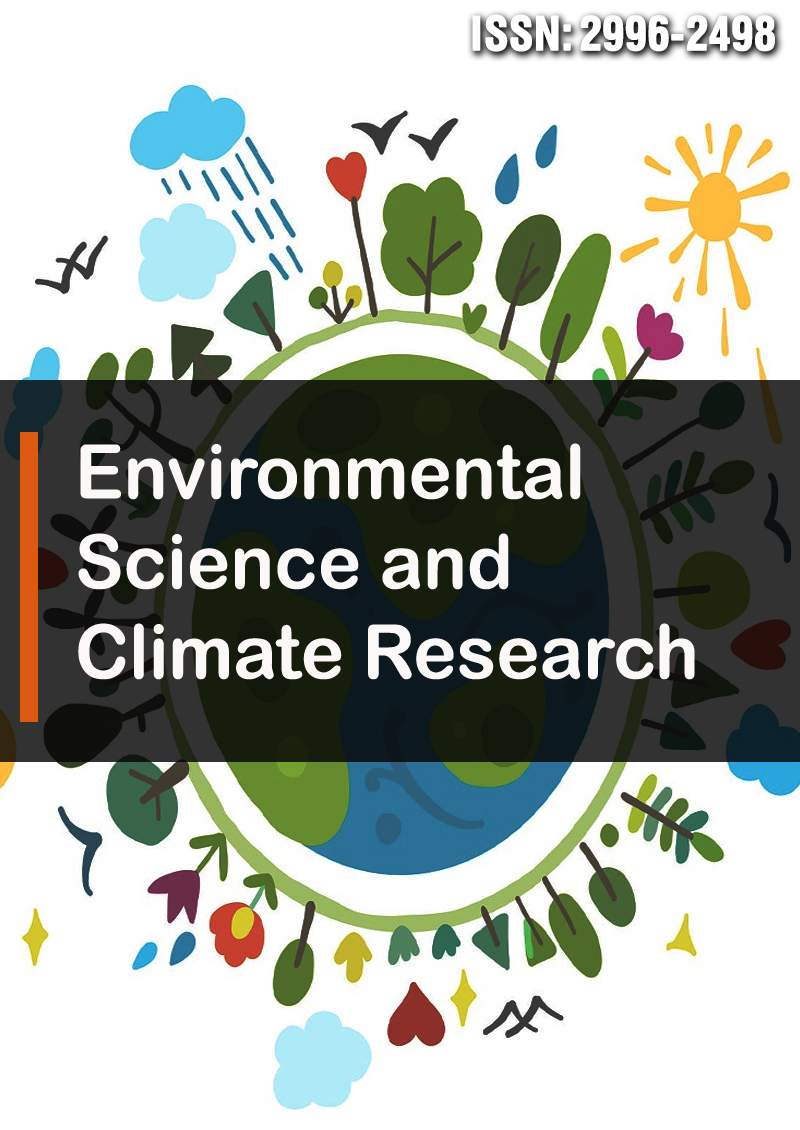Analyzing Variability of Rainfall and Meteorological Drought Over Wolaita Zone, Ethiopia
Abstract
Adugna Arba Altaye and Abebe Kebede Habtegebriel
Rainfall variability is one of the most significant climate variables for global agricultural productivity. It has also affected the agricultural activities, water and food security in the Wolaita Zone. Station and merged satellite data from 1990–2020 and data from the two stages of the Coupled Model Intercomparison Project (CMIP6) were used to analyze historical (1985–2014) and future projected meteorological drought changes from (2041–2100) via two shared socioeconomic pathways (SSPs) under the SSP2–4.5 and SSP5–8.5 emission scenarios. The variability in rainfall at the annual, seasonal, and monthly scales was analyzed by using the coefficient of variation (CV) and standardized rainfall anomalies (SRAs) across the study area. The modified Mann–Kendall test was used to determine the upward or downward trend and Sen’s slope estimator was used to determine magnitude of increase or decrease. In this study, the power transformation (PT) bias correction method was used to correct the GCM (CMIP6) model data with the observed rainfall dataset serving as a reference. The SPI is the drought index, which indicates historical and future projected meteorological drought conditions at different severity levels that range from normal to extreme drought conditions. Future projected meteorological drought will be more affected by extreme and severe drought during the middle and far future under the SSP2–4.5 and SSP5–8.5 scenarios, which is more frequent and intense than the historical time over the study area. This study provides important guidance for identifying causes, minimizing impacts, and enhancing resilience to droughts in the Wolaita Zone.



